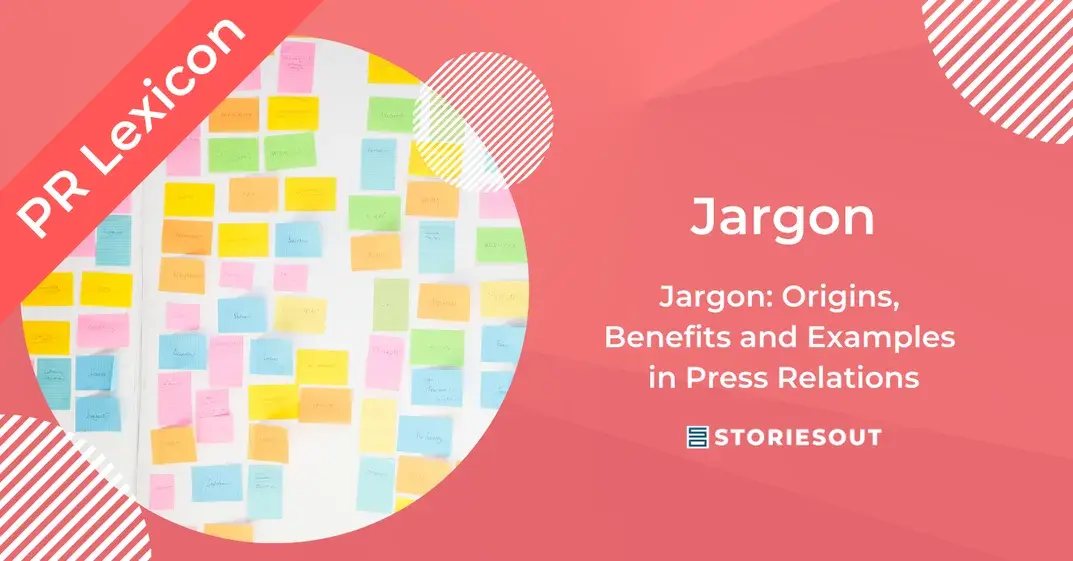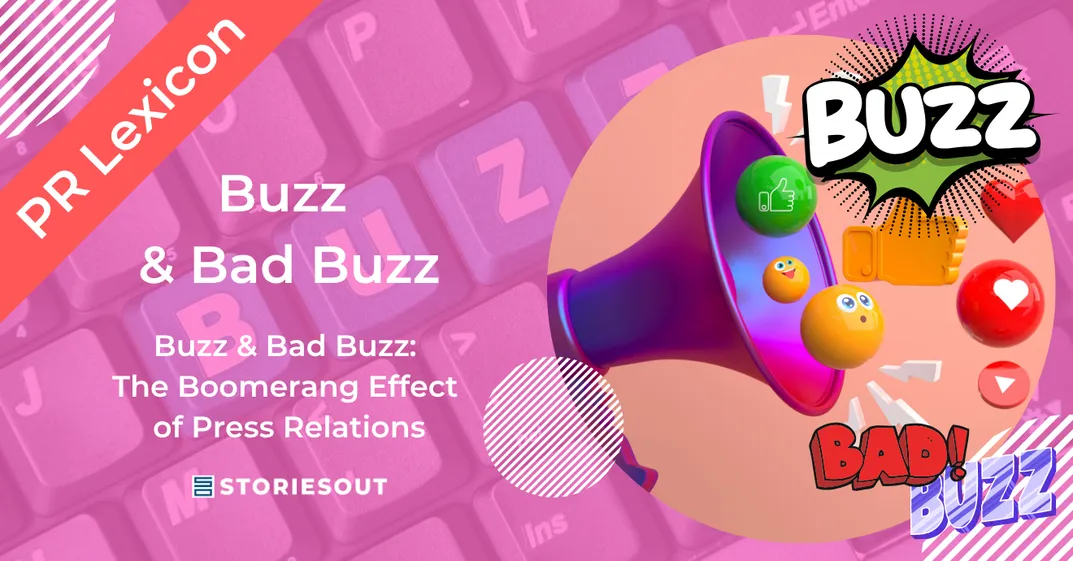Jargon is a specialized form of language used by a specific group to facilitate communication among its members. Present in all fields, it can be a powerful tool for precision and efficiency, but also a barrier for those unfamiliar with its codes. In public relations (PR), as in other sectors, jargon is ubiquitous and warrants a thorough analysis.
Origins and Evolution of Jargon
The term “jargon” originates from 14th-century Old French, where it referred to unintelligible speech or a confused way of speaking. Its etymology suggests an onomatopoeic origin, evoking indistinct chatter, similar to birdsong.
Over time, the concept of jargon evolved to designate the technical vocabulary specific to a professional group, social circle, or discipline. It developed in response to the need for efficient and precise communication among insiders, reducing ambiguities and speeding up exchanges. For example, doctors, lawyers, engineers, and communication professionals each have their own jargon.
In the field of public relations, jargon has expanded with the rise of marketing and digital media, incorporating Anglo-Saxon terms and concepts from new technologies.
Benefits and Limitations of Jargon
Benefits
- Precision and efficiency: A technical term can condense a complex idea into a single word or concise expression, streamlining exchanges between professionals.
- Sense of belonging: The use of jargon strengthens group cohesion by creating a shared language among its members.
- Credibility and professionalism: In certain contexts, mastering jargon can enhance an individual’s perceived expertise and legitimacy.
Limitations and Drawbacks
- Exclusion of outsiders: Overly technical or specialized jargon can be seen as elitist and make communication opaque for those outside the field.
- Lack of clarity: Excessive use of jargon can hinder understanding and dilute the message, which is particularly problematic in external communication.
- Trendy terms and obsolescence: Some technical terms age poorly and can quickly become outdated, making communication less relevant or credible.
In public relations, where the goal is to optimize information transmission, it is crucial to balance jargon usage to maintain clarity while demonstrating expertise.
Examples of Jargon in Public Relations
The PR sector has developed its own lexicon, influenced by marketing, digital communication, and media. Here are some frequently used terms:
Press release (PR): An official document sent to the media to announce news.
- “Press kit”: A more detailed document than a press release, compiling in-depth information about an event, company, or product.
- “Bringing a journalist on board”: Expression meaning to convince a journalist to cover a topic.
- “Off the record”: Information shared with a journalist that cannot be officially quoted.
- “Angle”: A specific approach to a topic that is pitched to the media.
- “Media coverage”: Articles, reports, or mentions obtained following a PR campaign.
- “Pick-up rate”: A metric measuring the number of articles published compared to the number of press releases sent.
These terms, while technical, are essential for effective interaction with journalists and communicators. However, when addressing audiences unfamiliar with the field, they should be explained to avoid confusion.
Conclusion
Jargon is a linguistic tool that, when used effectively, facilitates communication and conveys complex ideas with precision. However, it can also become a barrier when overly obscure. In public relations, its use must be strategic: it is valuable for structuring exchanges among professionals but should be adapted and clarified when addressing a broader audience. Thus, a skilled communicator knows how to balance expertise and accessibility to maximize the impact of their message.




